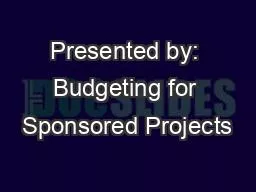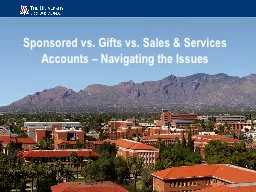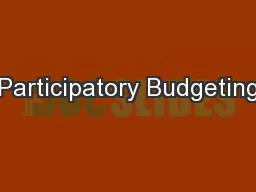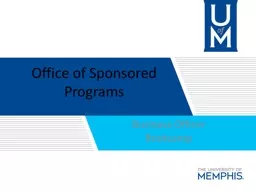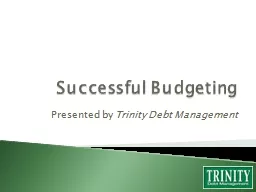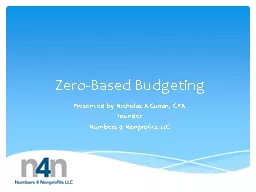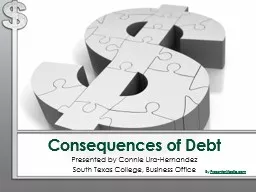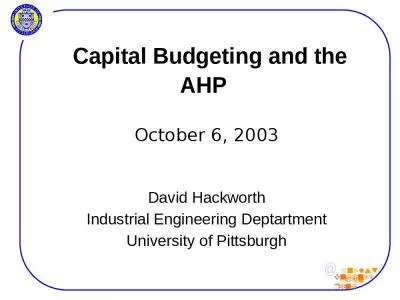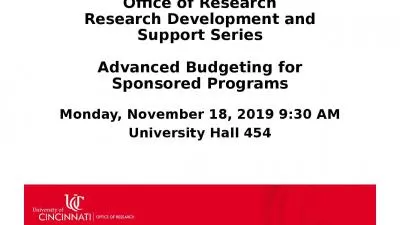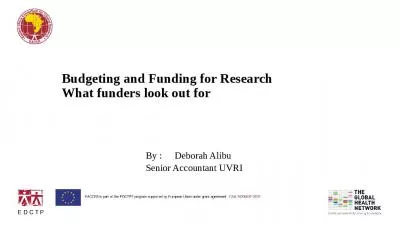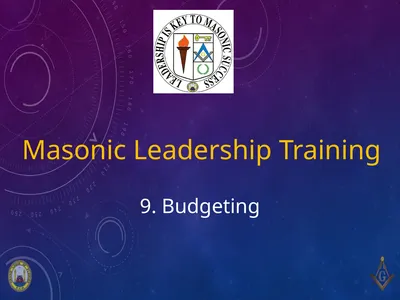PPT-Presented by: Budgeting for Sponsored Projects
Author : accouther | Published Date : 2020-08-06
Matt Michener Grant and Contract Manager Office of Research Support and Operations Erin Rice Director of Operations and Senior Advisor to the Vice President
Presentation Embed Code
Download Presentation
Download Presentation The PPT/PDF document "Presented by: Budgeting for Sponsored Pr..." is the property of its rightful owner. Permission is granted to download and print the materials on this website for personal, non-commercial use only, and to display it on your personal computer provided you do not modify the materials and that you retain all copyright notices contained in the materials. By downloading content from our website, you accept the terms of this agreement.
Presented by: Budgeting for Sponsored Projects: Transcript
Download Rules Of Document
"Presented by: Budgeting for Sponsored Projects"The content belongs to its owner. You may download and print it for personal use, without modification, and keep all copyright notices. By downloading, you agree to these terms.
Related Documents

